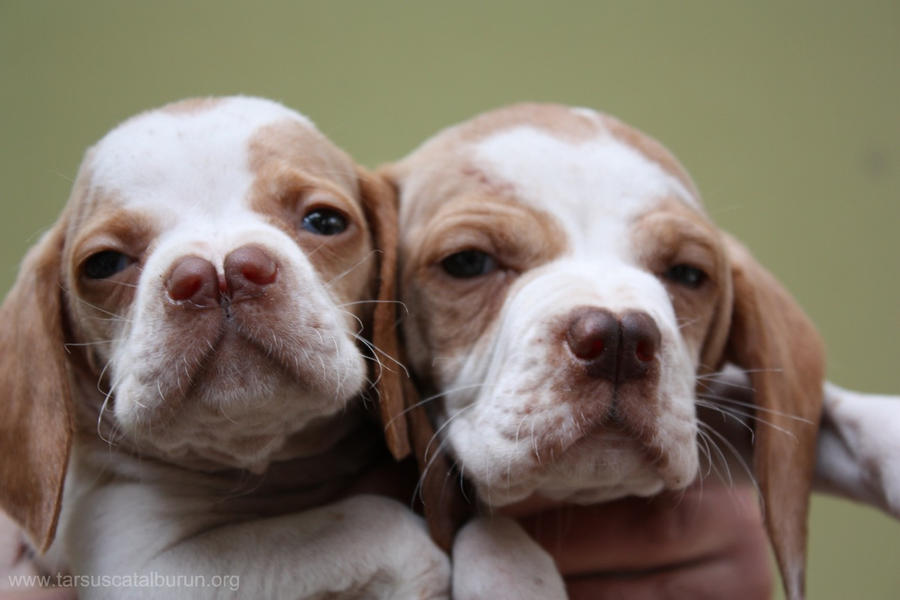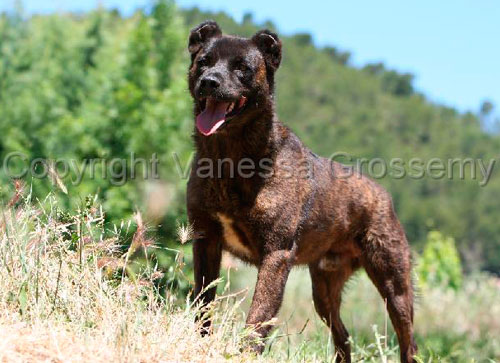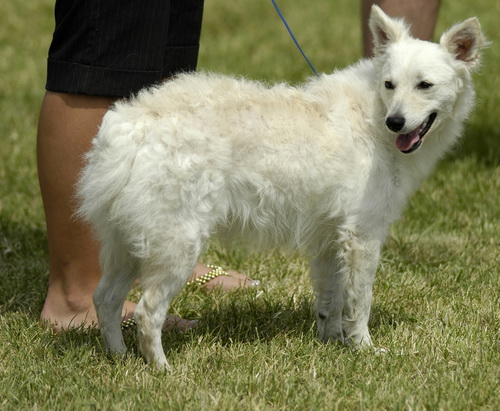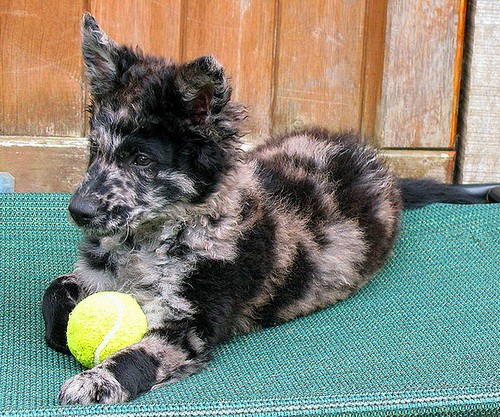Russian Spaniel Dog Life and Friends




There are hundreds of recognized and several hundreds of unrecognized dog breeds in the world. Because of their too small population some of them are on the verge of extinction and some are just beginning to be bred. Here I would like to suggest you the most unusual and rarest breeds of dogs.
The Pharaoh Hound
The Pharaoh Hound – is the oldest of the existing species. It is a miracle that its appearance has not changed to these days. The ancient Egyptian images of a deified dog – the incarnations of the god Anubis – present us a modern appearance of the Pharaoh Hound. This hunting dog was a constant companion of the pharaohs and nobles thus her images can be found on the sarcophagi and walls pyramids. Pharaoh Hounds have carried their unusual appearance and special mentality through many thousands of years. They are an extremely rare breed. There are no more than 500 dogs of this breed in the world has.
Click here to watch the video.
The Norwegian Elkhound

Bred in Norway in 1877 and is extremely rare beyond its borders. Elkhound was used in the moose-hunt which confirms its name – from the Norwegian elghund means “elk dog”. The Norwegian Elkhound has a unique tactics – hunting down and bringing to bay the animal he dodges attacks and barks incessantly so as the elk wasn’t able to escape before the arrival of a hunter. In addition, the Norwegian Elkhound was used for hunting after large animals (lynx, wolf, bear) and a small game but now there are fewer people willing to hunt in Norway. According to the reports the number of dogs of this breed reaches about 4000.
The Chinook

The Chinook dog breed is considered to be one of the rarest dogs. It was bred in New Hampshire in the 20th century as a sled/draught dog. The number of dogs of this breed is very low and is about 300 individuals (period of extreme popularity). Since then it is constantly falling. Chinook derived from a crossbreeding of husky stock from the Peary North Pole expedition with a large, tawny Mastiff-like male. Nowadays it is more a family pet than a working dog.
The Catalburun

This is a Turkish dog breed whose name can be translated as cloven nose. It is probably the result of inbreeding. In any case they are almost unknown out of Turkey though this breed is highly valued there for its ability to hunt.
The Cao Fila de Sao Miguel and The American Hairless Terrier


Rare breeds of dogs are also considered Cao Fila de Sao Miguel (1st pic.) bred in Portugal and American Hairless Terrier (2nd pic.) which is bred only in Russia and other two or three countries.
The Mudi


Mudi – this is a Hungarian Shepherd dog of a medium size and is one of the most intelligent and obedient dogs of the Hungarian group. The breed is a good sheep and cattle shepherd dog as well as a great catcher of wild mice and other small animals such as weasels. Energetic and courageous, selflessly protects livestock and often confronts the enemy which can be much greater in size. Feels absolutely confident in the open spaces. It is also suitable for home security. When alone he can handle the protection of large pastures, farms and adjoining areas.
The Norwegian Lundehund

Breed name is derived from the words “lundefugl” which means puffin (bird) and “hund” – a dog. The Norwegian Lundehund was used to hunt after the Atlantic Puffins. The peculiarities of their body structure allow handling this work. There are six strong fingers on Lundehund’s feet – four supporting with large pads and a double finger with powerful claws which allows to secure the paw better on the slippery rock. Lundehund differs from other species by using all the fingers on the front limbs while the other dogs usually use only four. Lundehund is very flexible: he can tilt the head back at an angle 180 degrees so that the nose can touch the back.
And this list can be continued. I even couldn’t imagine such a diversity of dog breeds. And You?
Our world is unbelievable and there are so many things we can learn.
